

We independently review everything we recommend. When you buy through our links, we may earn a commission.
6 oz. (170 g) for a US M8, 5.2 oz. (147g) for a US W7.5
40 mm in heel, 32 mm in forefoot (8 mm drop)
The fastest race day
Aliphatic ETPU midsole, restructured carbon fiber PWRPlate, Pumagrip outsole, lightweight mesh upper
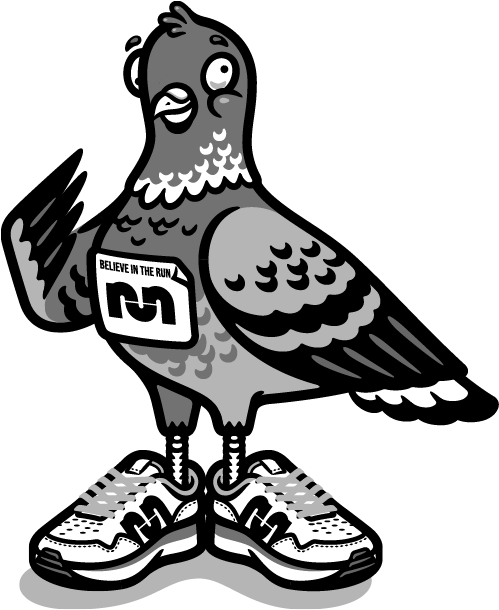















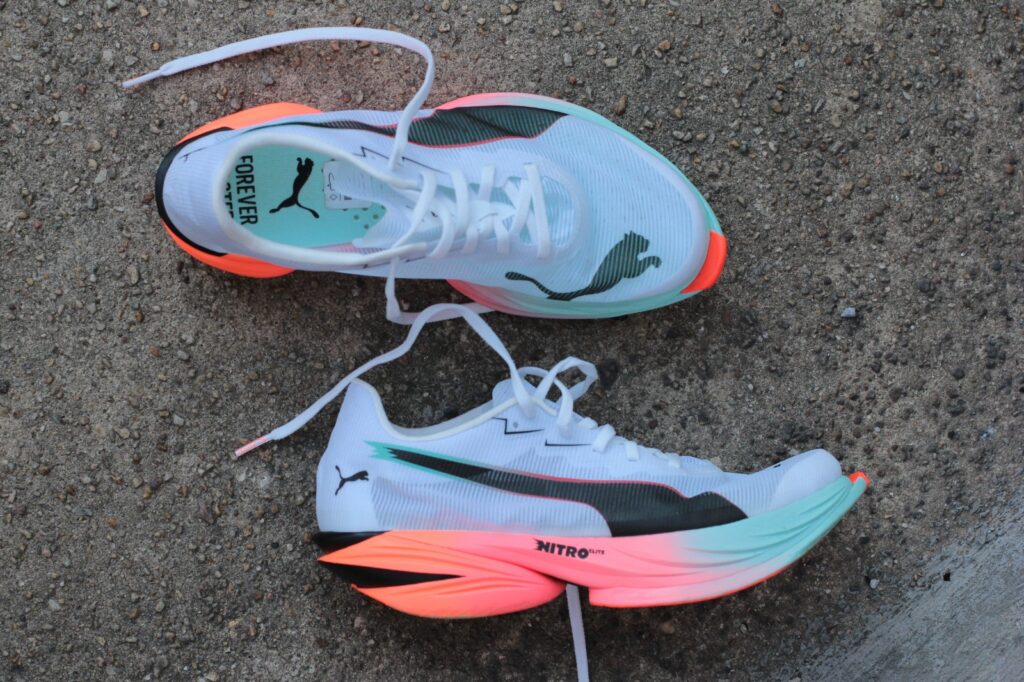
MEAGHAN: In February, Puma invited us to their headquarters in Boston to test out their latest race shoe, the Fast-R 3. While the chance to do some testing in the lab was exciting enough, what really got me was their suggestion to bring along our favorite race shoe for a direct comparison. Never, in all my years of reviewing footwear, has a brand so boldly proposed testing their shoe against my #1 choice in a lab setting. The Puma team was either incredibly confident or perhaps a bit audacious – and we were about to find out which. But before we get to that, let’s take a closer look at the Puma Fast-R itself.
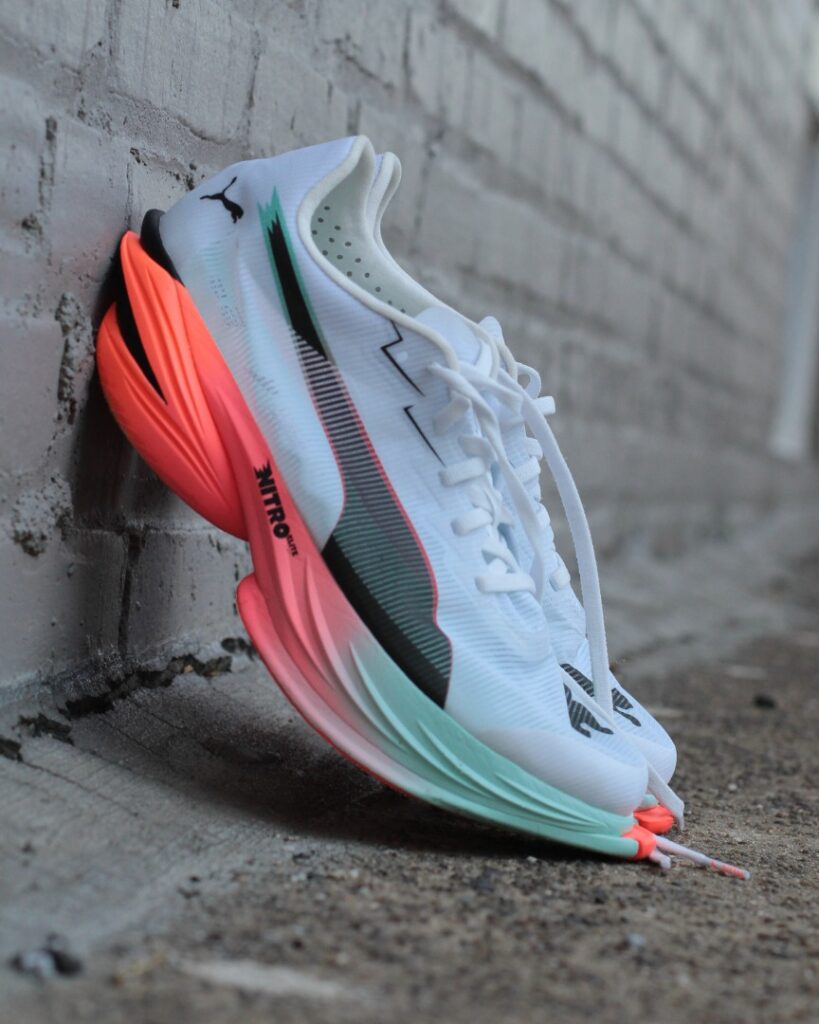
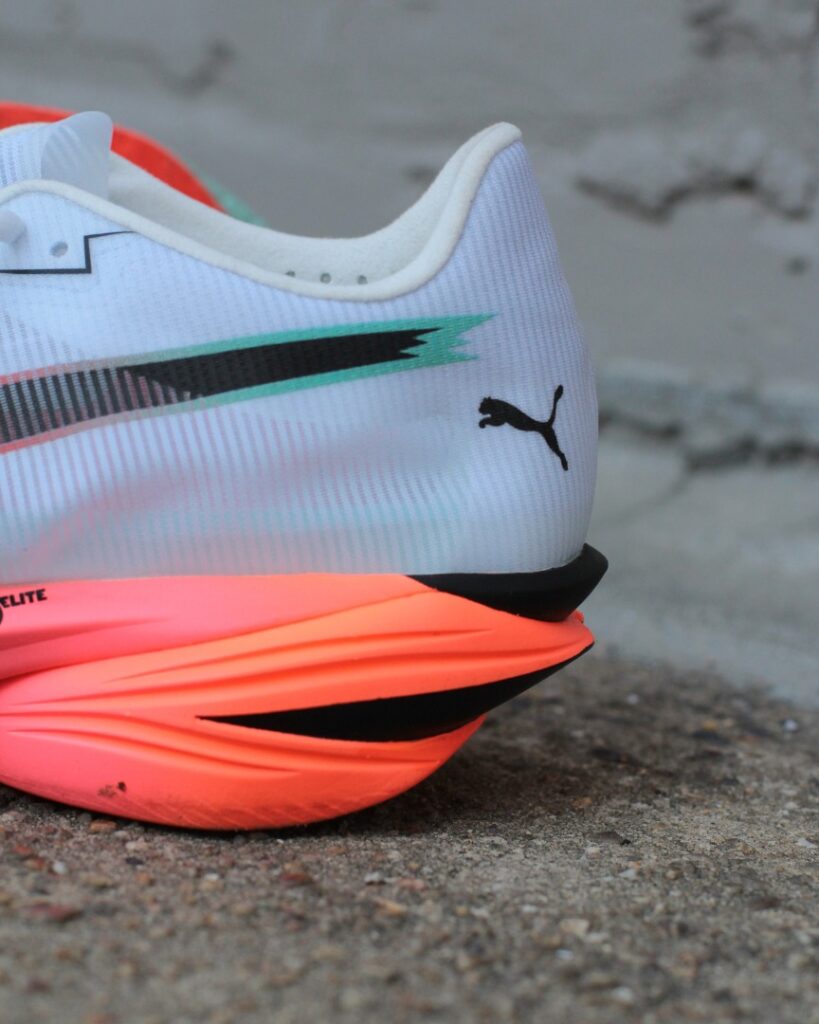
The Puma Fast-R has long been the bold, unconventional option in the brand’s race-day lineup. Designed with a decoupled midsole made of an aliphatic TPU foam and a thick carbon fiber plate, the model has always made a statement with its distinct, futuristic look. But I’m not sure it was ever a legitimate race day option.
However, much has changed with the third version. The Fast-R 3 retains the decoupled midsole and exposed plate, but its design is now notably more restrained, with a more refined aesthetic and an overall softer, more approachable feel. The carbon plate is lighter and less rigid, and the midsole foam is now a new formulation of aliphatic TPU. It delivers a softer ride in a significantly lighter package. The shoes retain the just-legal 40 mm/32 mm stack height, even though it doesn’t look like there’s that much foam underfoot. The upper has also gets a major update, now featuring an ultra-thin mesh layer, a barely-there tongue, and minimal padding around the collar and heel. Flat, stretchy laces complete the minimal design and contribute to the overall lightweight feel. So what did we find out in the lab and out on the roads? Let’s get into it.
ROBBE: I’m pretty sure I’m one of five people on earth who actually enjoyed both the Puma Fast-R and Fast-R 2. Maybe not for a full marathon going for a PR, but for longer distances at slightly slower than marathon speeds, I really enjoyed the underfoot sensation. Both models were heavier than they ever should have been; each version had a carbon plate that could’ve doubled as an aircraft carrier wing in a past life. The decoupled heel and midfoot seemed more gimmicky than functional. Things like the plastic spoilers on the heel looked interesting but had no practical use. Point being, I get why no Puma athlete actually raced in the shoe, despite it being a marathon race day shoe.
So when Puma asked us to come to the HQ in Boston to test the shoe against our own race day picks, I thought that maybe they were just sadomasochistic and liked to be punished. After all, we’ve heard over and over again from every brand how their shoe has improved run economy during performance, how their foam is the bounciest yet the most resilient, how this shoe is the future of running.
But then we went and then we ran. And then we ran some more. And I gotta say– Puma may have something special going for them. That is, if you’re willing to spend $300.
Let’s get into the review where maybe we can convince you to get there.

MEAGHAN: I was very happy to see the color and overall design of the Fast-R downshift from the wild and crazy looks of the first two versions. To me it feels like Puma took notes from both the Deviate Nitro Elite and Fast-R 2 to make this iteration. The new mostly-white/light blue colorway with a subtle peach midsole and accents is a welcome departure from the fluorescent green and yellow of the second version. But beyond the aesthetics, the shoes shine in several other areas.
The step-in feel is surprisingly comfortable, and even though the shoe doesn’t look like it has a thick slab of foam beneath it, there’s actually a good amount of soft cushioning. The fit is true to size – just the right amount of snugness (like a true racer) without feeling like it’s crushing your toes. I haven’t had any issues with rubbing or hot spots. What really impressed me, though, was how incredibly lightweight the shoe feels. My size W7.5 came in at just 5.2 oz (147g), light enough to rival the Nike Vaporfly.
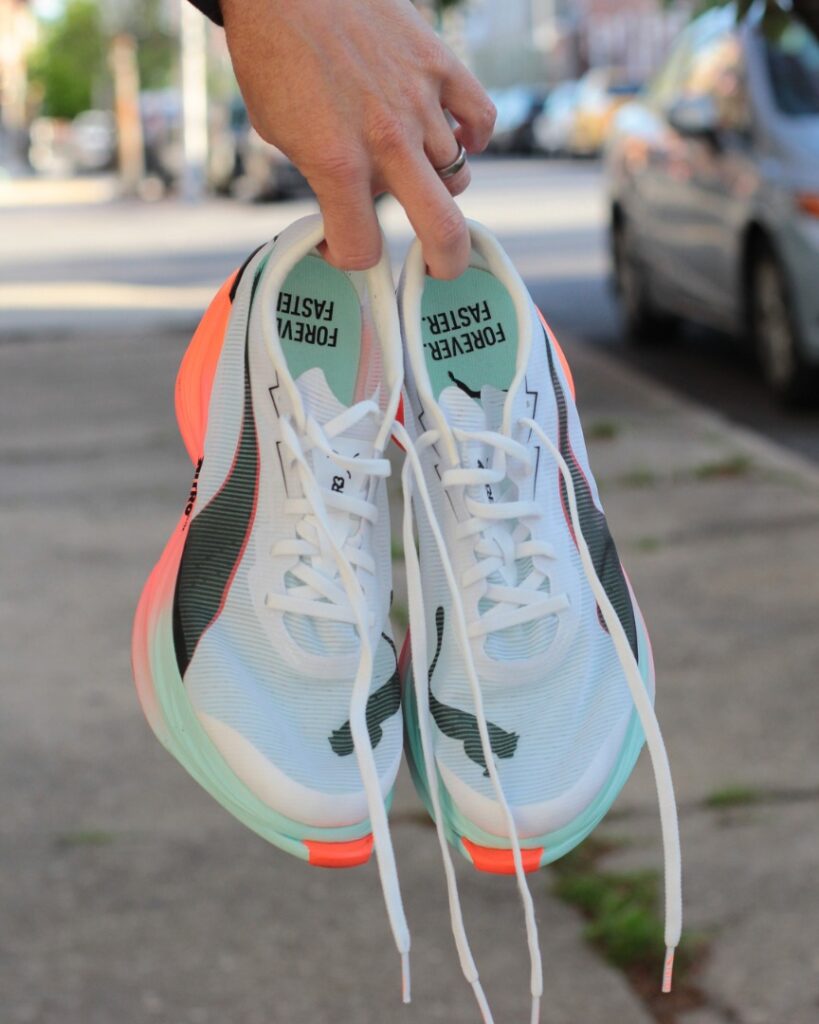
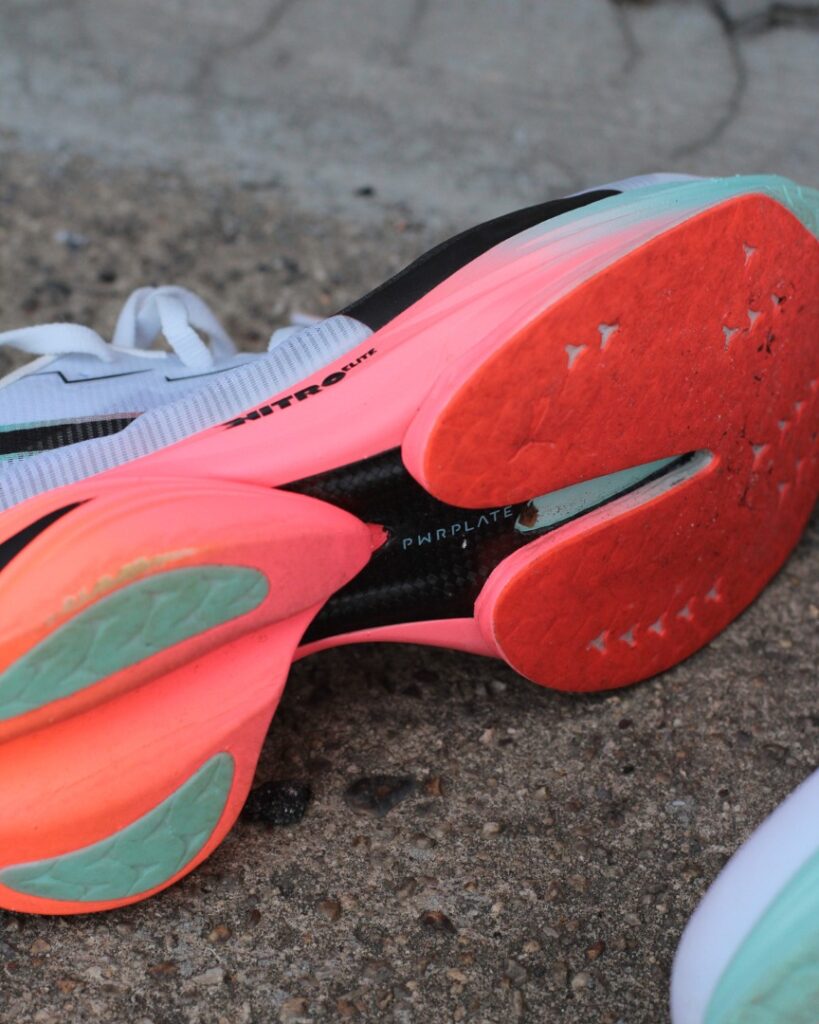
Now let’s talk about performance – both in the lab and out on the road. According to Puma’s data, I performed 2.5% better in the Fast-R 3 compared to the Alphafly 3. This would theoretically lower my 2:45 marathon PR to a 2:41, which is certainly an enticing prospect. I really wanted to race a half marathon in the Fast-R 3 as part of my London Marathon buildup, but the Puma team had a strict embargo, so I wasn’t able to put them to the test in a race.
Interestingly, the shoes were tested in an independent lab study at the University of Massachusetts – Amherst by the same professor who conducted the original Vaporfly 4% study, otherwise known as the shoe that changed running forever.
For this study, the researchers evaluated the running economy of four race day super shoes, without further involvement from Puma: Nike Alphafly 3, Adidas Adios Pro Evo 1, PUMA Fast-R 2 and the prototype of the PUMA Fast-R 3. They found an improved run economy in the Fast-R 3 against all models; truly shocking was a 3.62% improvement over the Alphafly 3 and 3.56% over the Pro Evo 1. The Fast-R 3 was found to have the best running economy for all 15 subjects in the study.
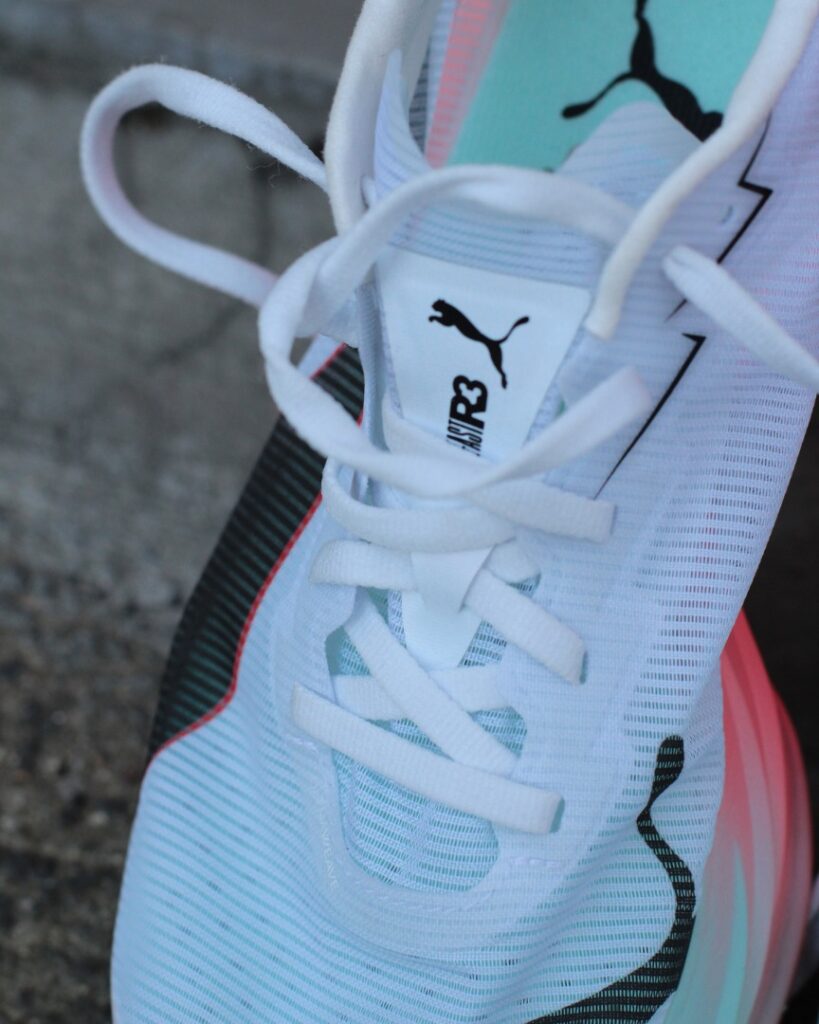
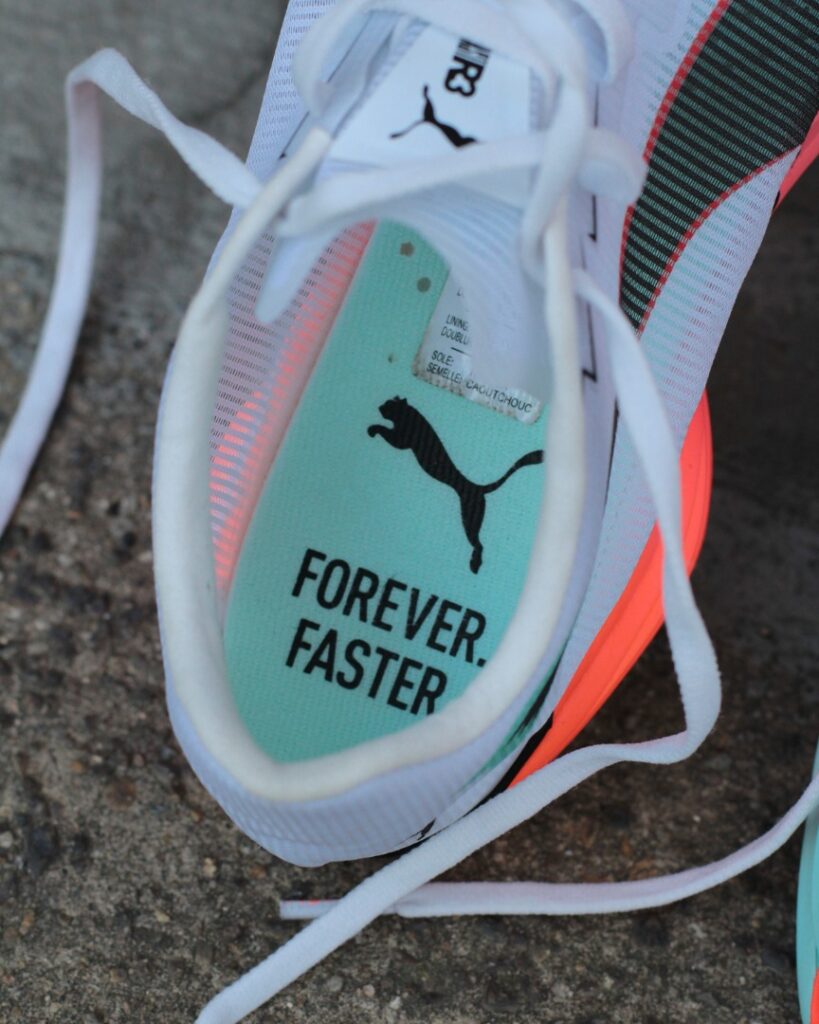
The results surprised the researchers, because they thought that the field had essentially plateaued in recent years, with everyone catching up to the Nike Vaporfly, with a +/- 1% running economy between the various models. If the Fast-R 3 is indeed that much more efficient over the course of 26.2, then it’s another level up in the shoe technology wars.
As for my own anecdotal experience, I did use them for several workouts during my training, and they felt amazing. What stood out most was that my warm-up miles were consistently 30 seconds to a minute faster per mile, with no extra effort. It was actually pretty remarkable, and it happened in every single workout. While the workout themselves still required effort, I was able to hit my target paces, and the shoes felt great throughout (mostly, more on that later).
I’ve mentioned before how much I love the ‘mechanical’ feel of the Alphafly, where the technology underfoot seems to do a lot of the work, and I experienced something similar with the Fast-R 3. The decoupled midsole and carbon fiber plate that extends beyond the toe give the shoe a springboard-like feel, making it easier to hit faster paces than in a traditional trainer, and even some other race day shoes.

ROBBE: As with Meg, I really enjoyed the fit of this shoe. A race day shoe should be snug and secure and you’d be hard pressed to find a race day upper that wraps the foot as well as the Puma Fast-R 3. The translucent, premium, and lightweight Ultraweave upper is barely there, but it’s enough to get the job done. The paper thin tongue isn’t gusseted, but is secured on both sides, so it stays in place. No heel lift or gaping ankle collar either, which is always a plus since a lot of race shoes can’t get that right.
As I said earlier, I’ve always enjoyed the sensation of the Fast-R, but this is just a whole new level. Puma trimmed off all the fat (of which there was a lot), with a teardrop style heel segment of Nitrofoam Elite midsole decoupled from the forefoot area. A whole bunch of fat came off the carbon fiber plate of the last version; this new one is thinner, more flexible, and features a rippled edge on the lateral forefoot. These are all good things.
The aliphatic TPU foam used in the midsole is the future of foam, blending bounce, resiliency and peak durability. Other race day shoes are designed for one or two marathons; Puma claims you can get eight out of this one. Dollar per mile, that’s a big deal.
Then there’s the weight, coming in at a scant 6 oz. (170 g) for a US M9, making it one of the lightest race day shoes on the market, on par with the Nike Vaporfly 4.
All of this comes together to create a shoe that is incredibly light underfoot with a quick turnover, snappy toe-off (aided by the toe extension), and impressive bounce. To me, it feels like a lighter version of the Hoka Cielo X1 2.0, with a less accentuated trampoline effect. Maybe not as fun as that shoe, but definitely faster.
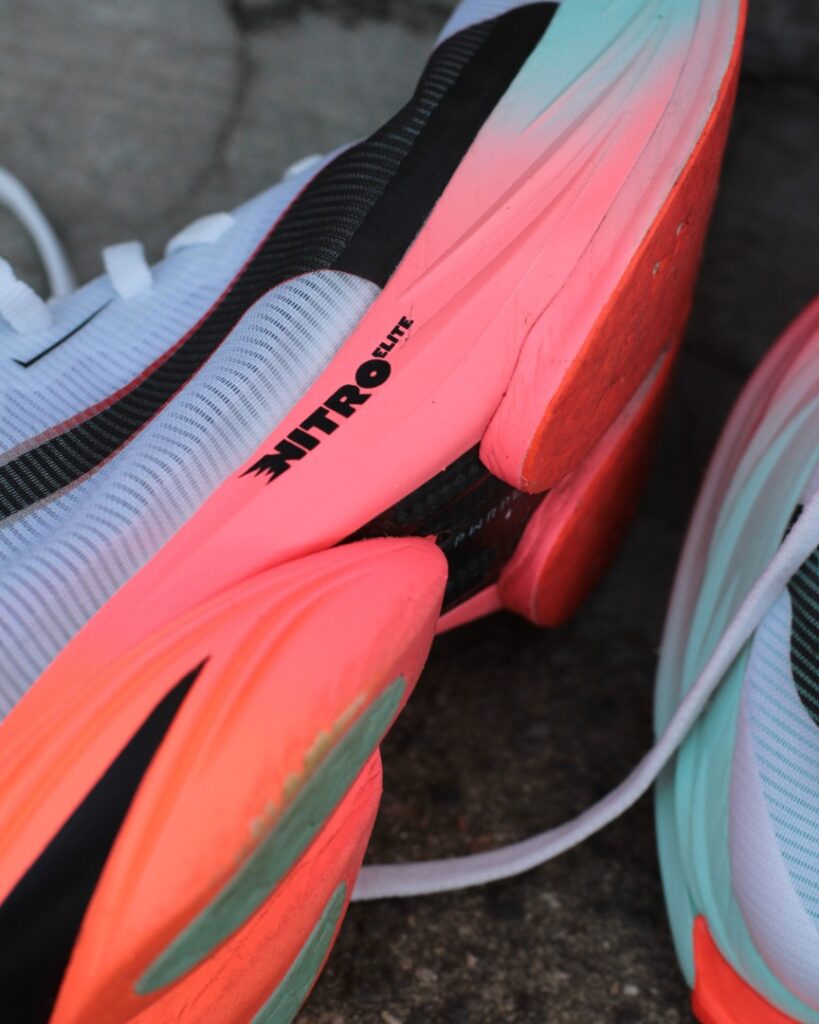

In my test in the Puma lab, I put the Fast-R 3 against a fresh pair of Brooks Hyperion Elite 4 PB (a solid shoe in its own right). After three trials, I showed a 2.54% average advantage in run economy in the Fast-R 3, similar to Meg’s advantage against the Alphafly 3. Since that experiment, I’ve run a couple speed workouts, but because the shoe was under strict embargo, we were not able to use it in an actual race. To that end, it’s difficult to say exactly how it will perform in either the half marathon or marathon. But in the experience I’ve had with the shoe, I can tell you that it for sure is in the conversation as one of the top race day shoes.
Also, there’s the Pumagrip outsole, which everyone knows is the best rubber in the game. I took this out yesterday on a rainy morning run and it handled everything exceptionally well. If, by chance, you get a wet race day, there is nothing you’ll want more than a Puma shoe on your feet.
It combines everything you want in a PR race day shoe into one package– speed, turnover, bounce, and just enough comfort… maybe.
Shop The ShoeMEAGHAN: If you’ve read any of my reviews, you know I come with a unique set of feet (yes, bunions, thanks for asking), which means my big toes sometimes throw a little tantrum. And that definitely happened during workouts over 10 miles in these shoes. I’m pretty sure the extended plate has something to do with it, but honestly, I’m not sure. I think that means I’m likely sticking to the half marathon and below. Although it’s hard not to want to give the marathon a shot given the lab data…
Of course there’s also the $300 price tag, which feels pretty steep (although that seems to be the general direction of race shoes these days). Puma suggests this shoe will last 200 miles, and thinking every mile is costing $1.50 is kind of crazy. That said, you’re probably paying $250-$275 for any race day shoe at this point (maybe more with the incoming tariffs), so is it really that crazy?

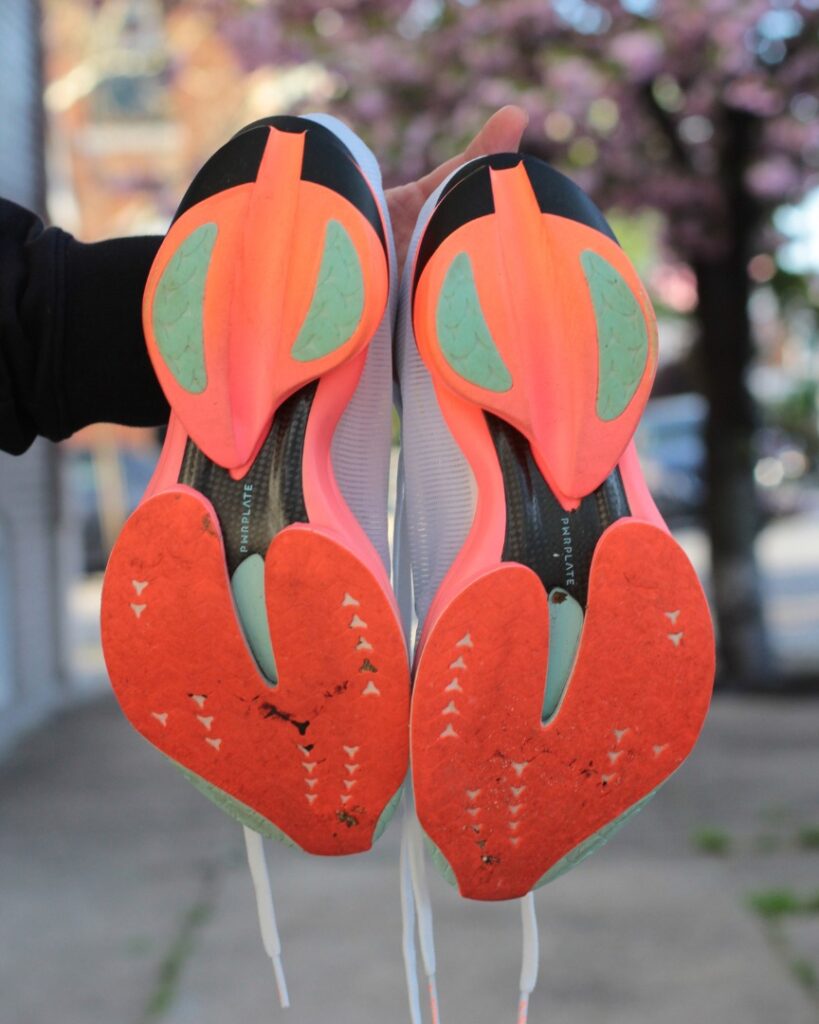
ROBBE: The fit of the upper is excellent; however, there is very little there. As such, if you’re not going in a straight-ass line, things can get a bit squirrely. There’s virtually no structure to the upper, so when taking turns you’ll inevitably find your foot moving and pushing the upper from side to side, which may cause some irritation (as Meg had).
This is probably obvious, but it’s not the most stable shoe. The Cielo-like cut-out and decoupled heel and forefoot, with a high stack of bouncy foam underneath, make this a wild one. But hey– no risk, no reward. If you want a lightweight, bouncy, and ultra fast shoe, this is what it’s gonna look like. That said, the forefoot is a bit wider and less unstable, so if you’re a mid-to-forefoot striker, you should be fine.
I really, really, would like to know how the legs would fare over the course of 26.2. Because while it does incorporate everything we love in a shoe, and hits the upper limit of the World Athletics stack height regulations, it still feels a bit like a half marathon shoe underfoot when it comes to comfort. Running economy measures the energy output over shorter distances, which is all well and good, but it doesn’t measure the toll on the legs over a full marathon. For an elite athlete, that really doesn’t matter so much. But for us amateurs and weekend warriors, I do wonder how I’d hold up over 3 hours and 30 minutes in the shoe.
Shop The Shoe
MEAGHAN: I’m honestly just as surprised as you are to find the Puma Fast-R 3 making its way into my list of top racing shoes. It’s comfortable, lightweight, and insanely fast. I’ve always admired Puma for their bold, experiential designs (hello, Fast-RB), and it’s amazing to see those big risks paying off. I know there are hundreds of runners tackling the Boston and London Marathon in this shoe, and I can’t wait to see how it performs on race day.
ROBBE: Puma’s made some big promises in the past, especially with the Fast-R. But it was never a good sign when their own athletes refused to race in the shoe, opting for the more race ready Deviate Nitro Elite. Nevertheless, their athletes have shown up on race day, often performing beyond their expected finish times, especially on the women’s side. The Fast-R 3 be the thing that puts them on podiums, consistently.
Because Puma, at last, has a product that puts their money where their mouth is, or your money anyway – $300 of it to be exact. It’ll be interesting to see if the lab studies and the all-around improvements will be enough to send this shoe on its way to start lines around the world. The upcoming Project 3, in which Puma will pay out a $3,000 bounty to amateurs running in the shoe at Boston and London, would go a long way to validate their promises. I’m very interested to see how it pans out in the coming weeks.
Whatever the case, one thing is for sure – Puma finally brought the fast to the cat, and you can now consider them a major player in the race day game.
You can pick up the Puma Fast-R Nitro Elite 3 for $300 on April 18 in limited supply exclusively at ‘The High Point – Puma’s ultimate Boston Marathon experience located at 745 Boylston Street.
A limited global drop will go live on puma.com, in Puma flagship stores and in select retailers on April 25.
You can pick up the shoe by using the buttons below.
Shop The ShoeHave something to say? Leave a Comment
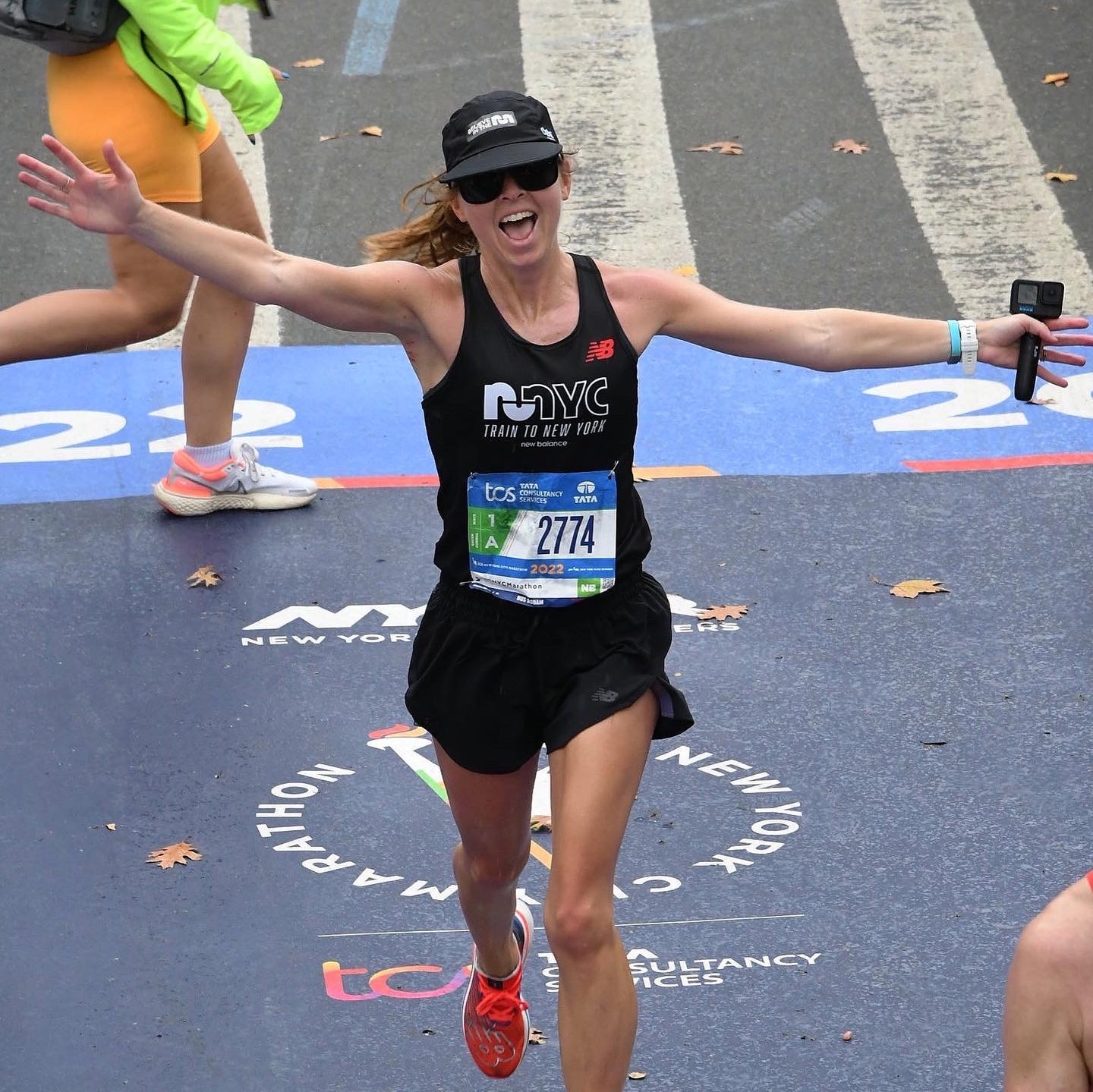
Meaghan signed up for her first marathon three weeks before the race, because it was $10 more than the half she planned to run. She learned everything in running the hard way. Now a USATF & UESCA certified run coach, she loves encouraging friends to go for big goals as she continues to chase faster times. She enjoys a hot cup of coffee, a cold martini, and making bagels for friends and family.
More from Meaghan
Robbe is the senior editor of Believe in the Run. He loves going on weird routes through Baltimore, finding trash on the ground, and running with the Faster Bastards. At home in the city, but country at heart. Loves his two boys more than anything. Has the weakest ankles in the game.
More from Robbe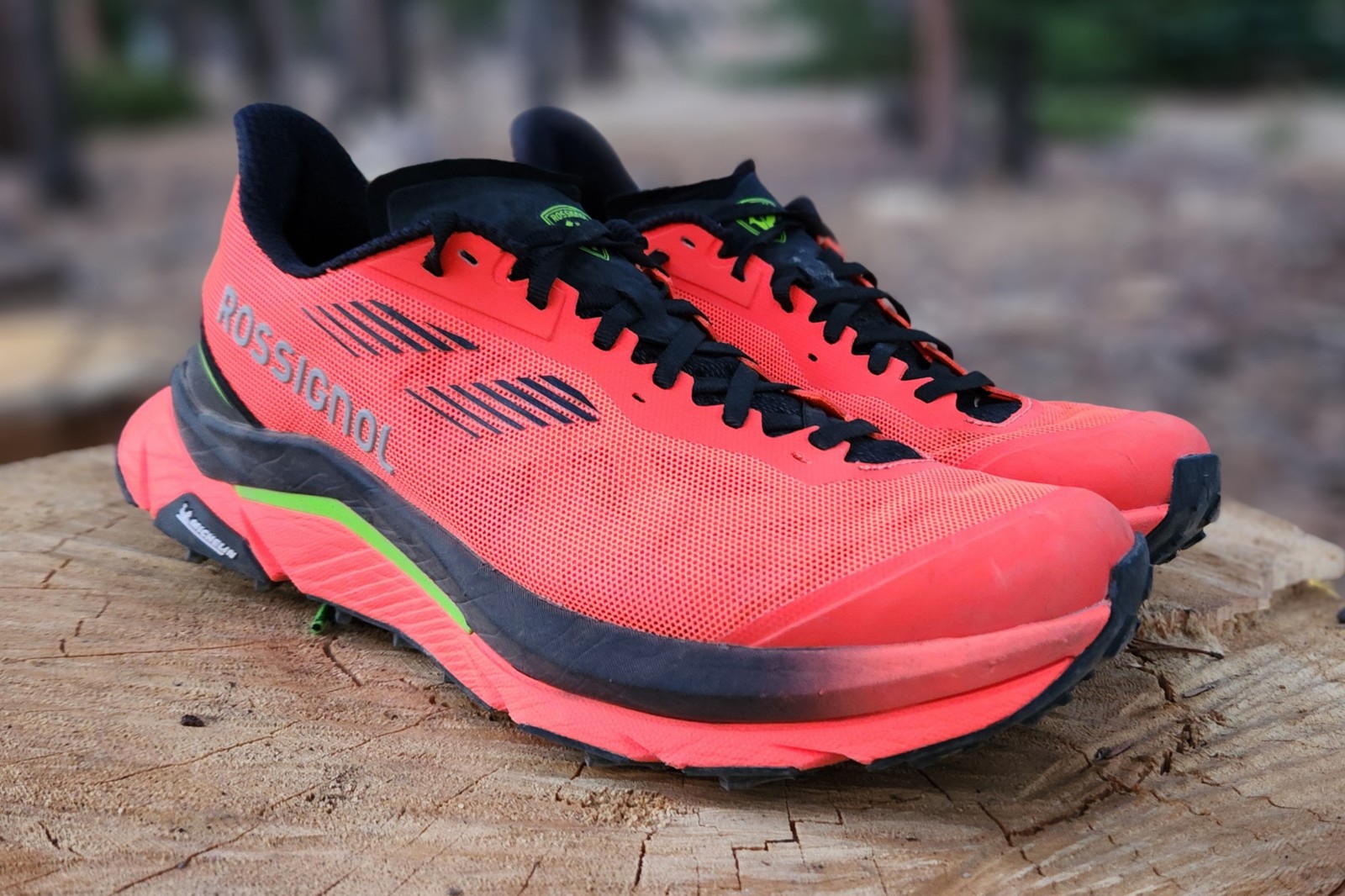
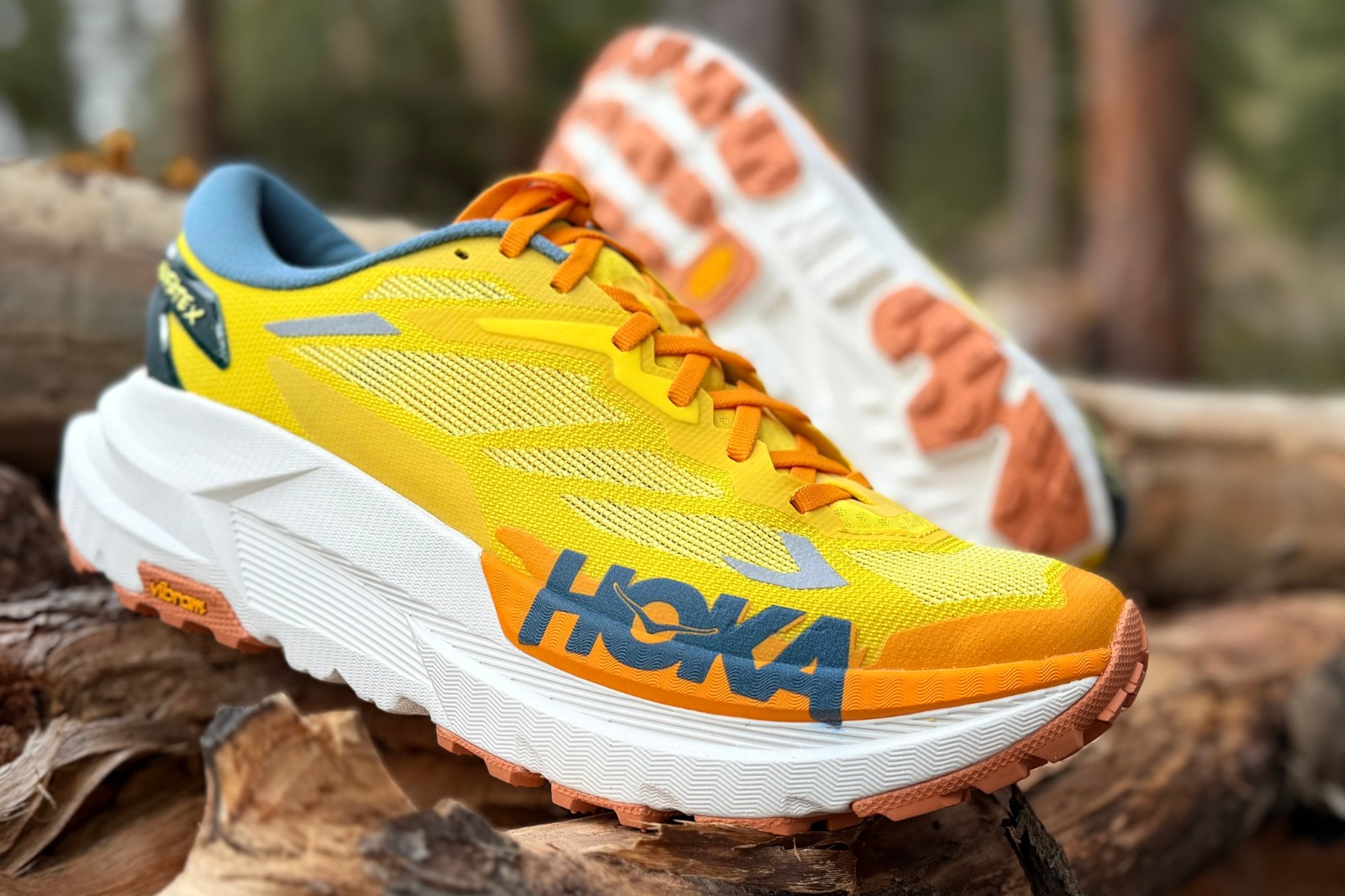
Is the Puma Fast-R Nitro Elite 3 making it to the list of top 5 race day shoes?